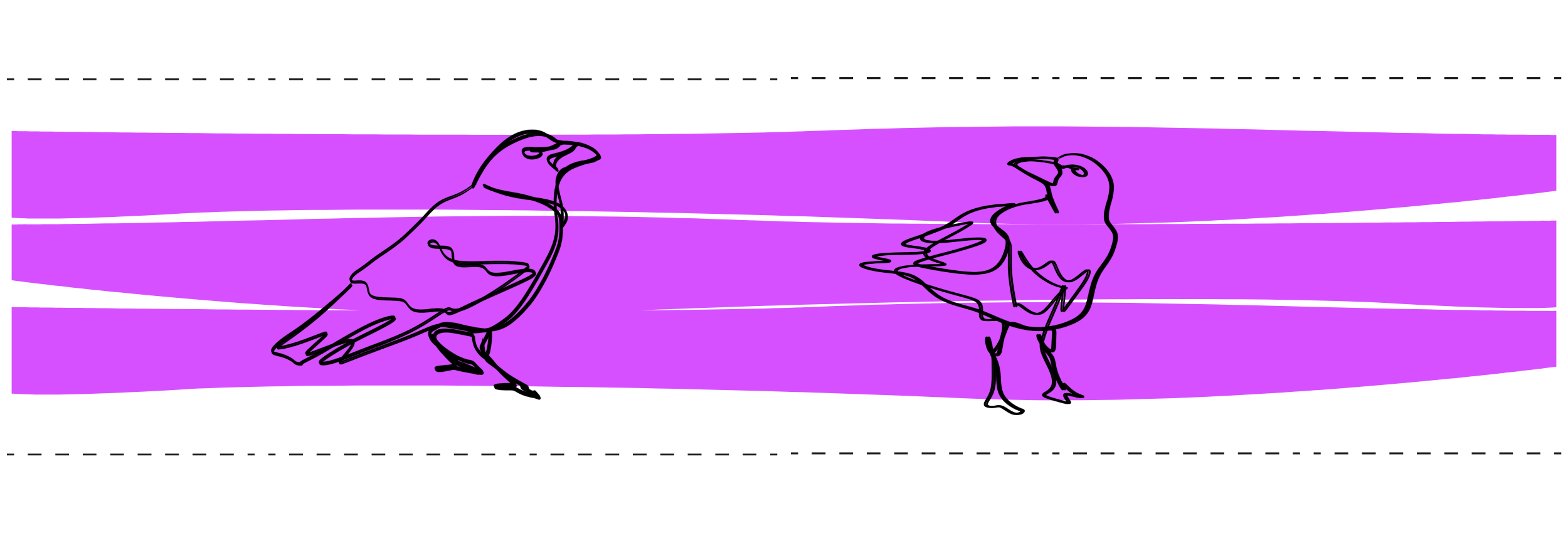Land Relations and
Land Education
Land education is a long-standing practice and area of scholarship, particularly in Indigenous contexts. Land education can be facilitated anywhere, whether you are located in a city, town, or in a natural environment. Land knowledge exists everywhere!
The core of land education is not simply learning about land, but learning with land. Many Indigenous communities globally regard earth as sentient, meaning that land is an animate being. When we think of land in this way, we are able to be in better relations to land and engage in practices that are less harmful to the planet. We are also able to learn more about place-specific histories that can inform our programming with young people. Indigenous theorists often position land itself as a teacher, who when engaged appropriately, can support educational outcomes. As facilitators, we can think of land as a collaborator in our programs, offering a different approach to knowledge transmission.
It is important that we do not only think of land education programming in solely superficial ways. That means we can engage in land education activities, such as camping and hiking, while also critically examining our impact on the planet, the displacement of Indigenous peoples, and climate change. For many, being on the land is also a spiritual experience; we are all connected to the planet and should practice relational accountability when planning to engage in land education.
This section seeks to help us think critically about our understanding of land and our relations to the places where we engage in programming. When going through the activities in this section, try to think about land in the ways we have described: as a relative and a teacher.
Guided Prompts & Activites
-
Understanding that everything in creation holds memory and knowledge is a critical way to approach land education. It is not only people who are part of your programs, but also land itself.
-
As you work through this dreambook, and in other aspects of your day-to-day, pay close attention to how the word human is used and how it is positioned in relation to other beings. Carefully consider how you will unsettle hierarchies through the youth program you are developing.
-
Wherever you are situated in the world, there has likely been a long history of both human and more-than-human activity there. When we are thinking of land education programming, we should understand the specific places we are engaging with.
-
To some, natural environments can represent a blank slate upon which any program can be facilitated. While that may be true to a certain extent, developing a true land education program means situating land knowledge and our understanding of it at the core of our pedagogy.

Suggested citation:
Tkaronto CIRCLE Lab. (2023). Land Relations and Land Education [Land Education Dreambook]. https://www.landeducationdreambook.com/introduction-to-land-education
